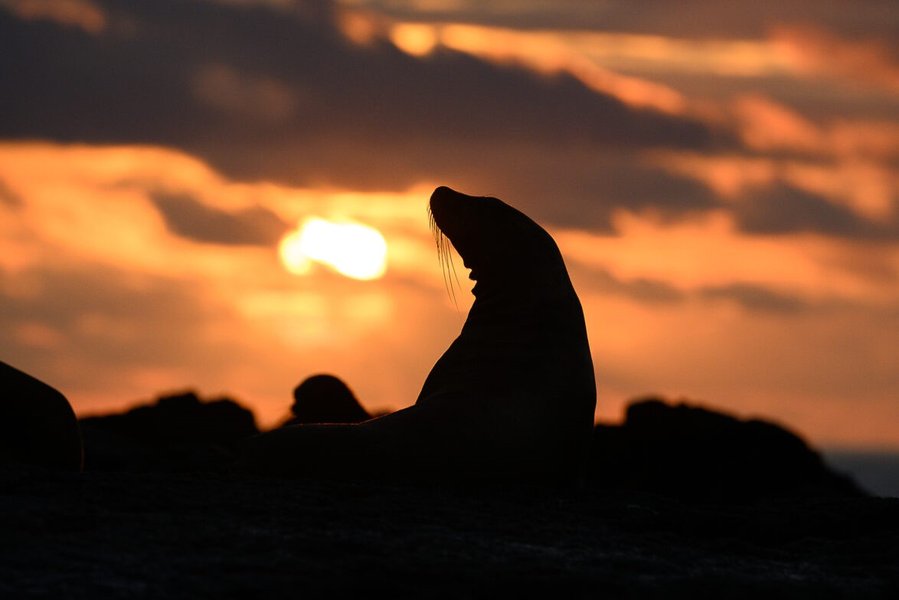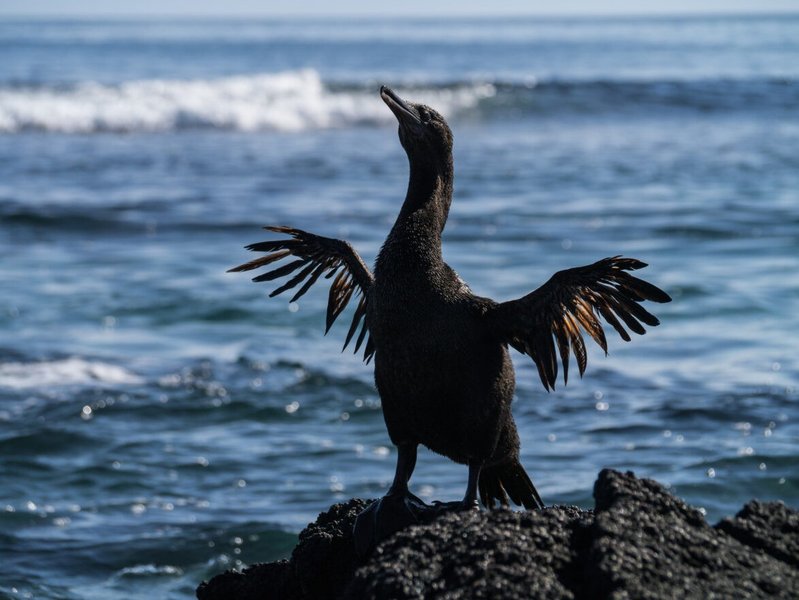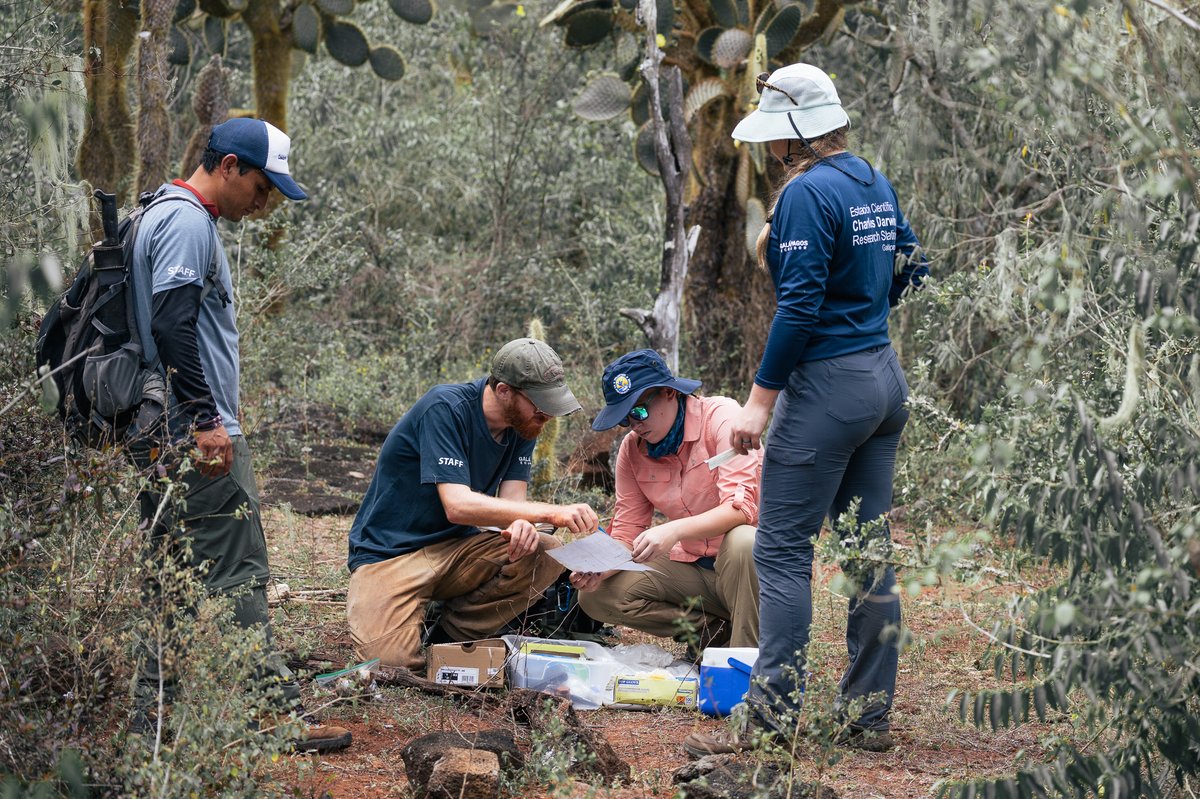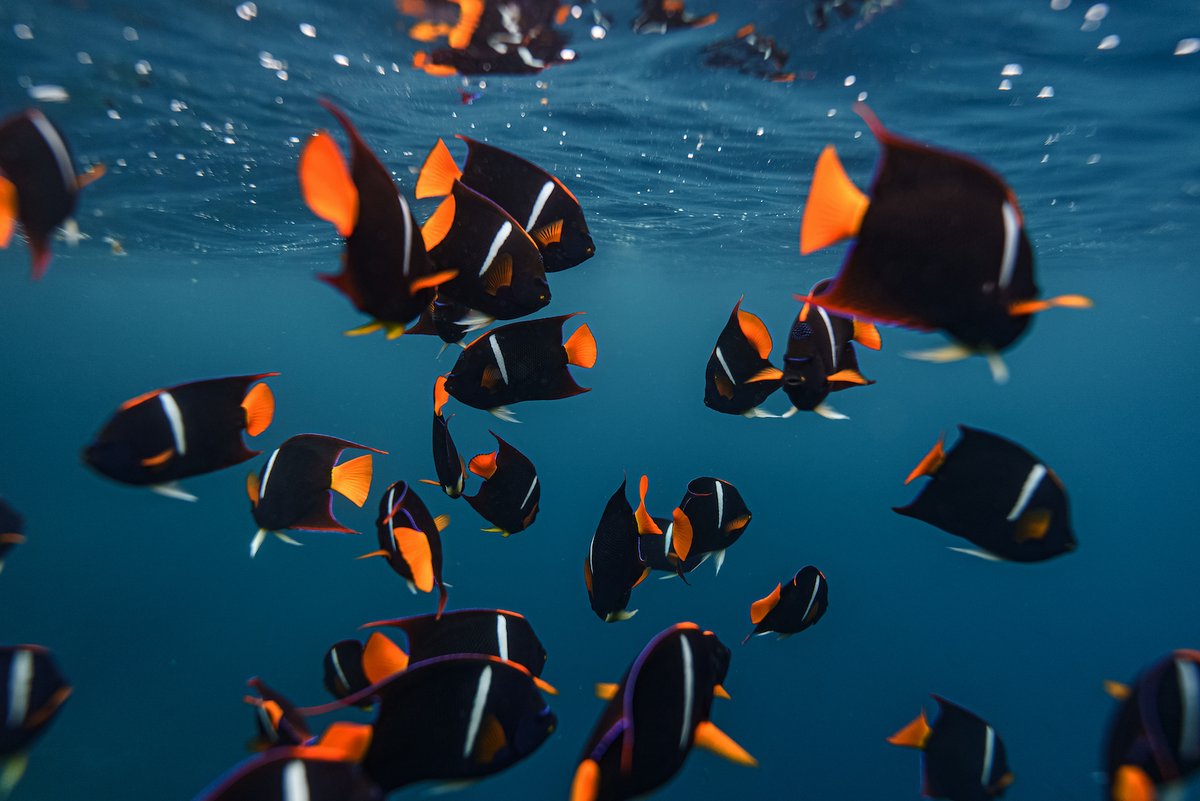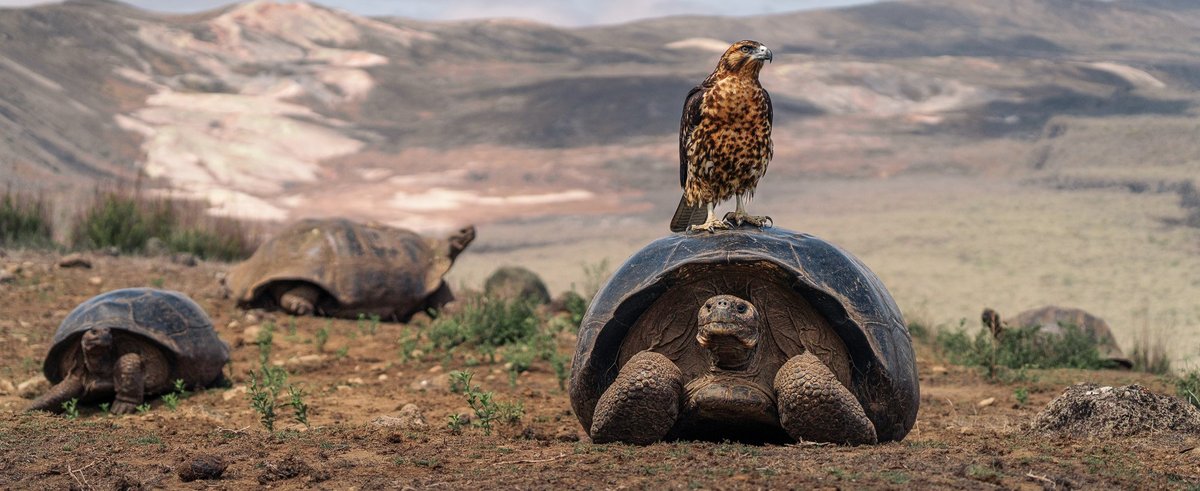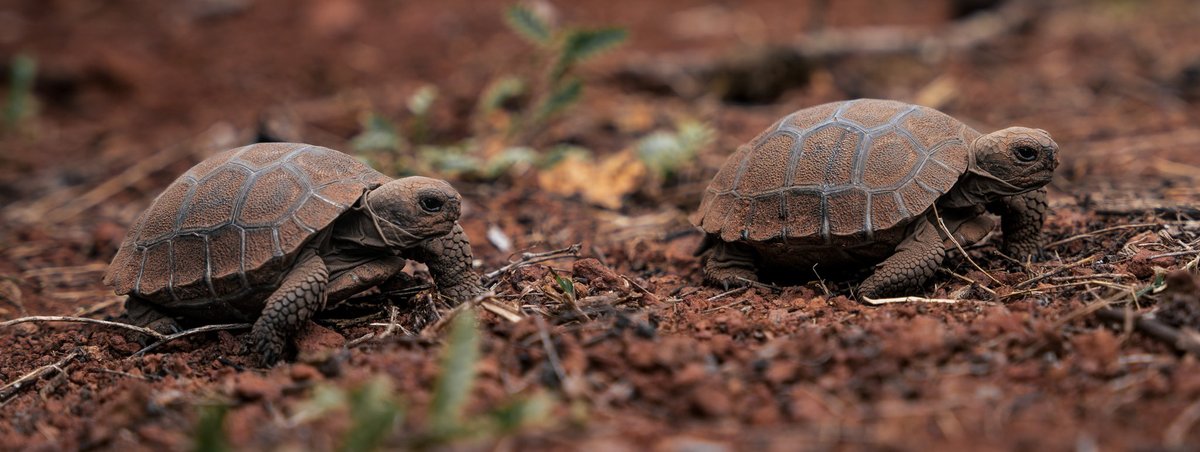The impact of the smooth-billed ani: an interview with Cristian Poveda
The smooth-billed ani is considered to be the most damaging introduced bird species in Galapagos. Hannah Rickets, at Galapagos Conservation Trust, spoke to PhD student Cristian Poveda about his research into this challenging species.
Can you give an overview of what your PhD is focused on and what you are hoping to achieve?
My PhD, which is partly funded by GCT, focuses on understanding the impact of the smooth-billed ani (Crotophaga ani) in Galapagos and developing a management plan for this species. I will update the population estimates of anis on Santa Cruz and develop a species-specific counting method to enhance the accuracy of these estimates. Moreover, I will gather data on their territory use, social group composition (i.e., number of individuals per group), diet composition and foraging strategies across the different vegetation zones of Santa Cruz.
My research includes an experiment involving removing ani groups to identify the response of neighbouring groups. This experiment will contribute to an ani control plan on Floreana, which will be carried out by local authorities to support the successful reintroduction of locally extinct species. My findings will inform the development of a management plan that local authorities can use to monitor and control anis populations.
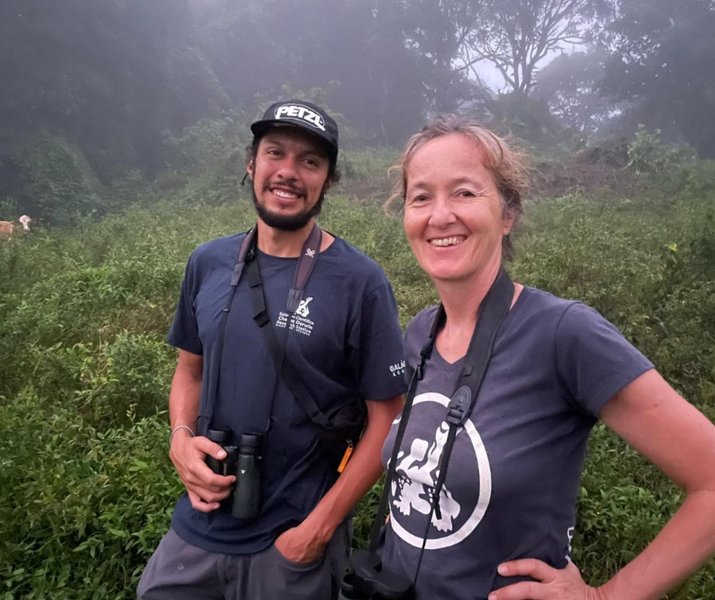
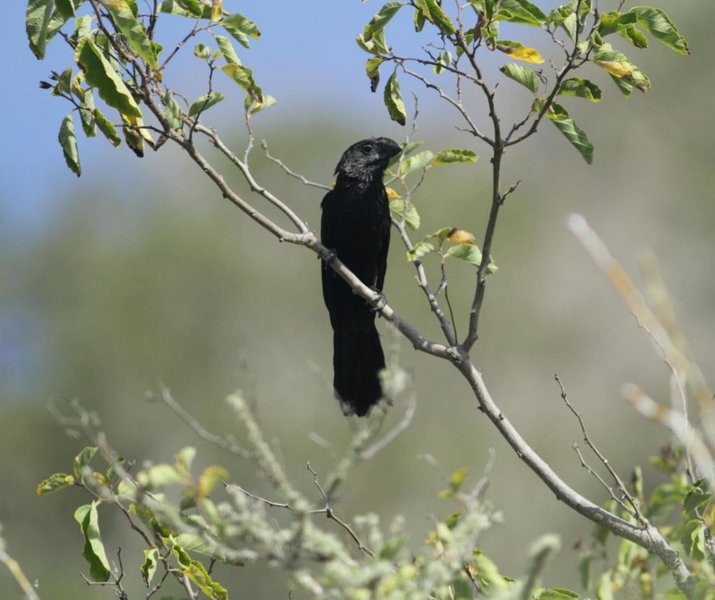
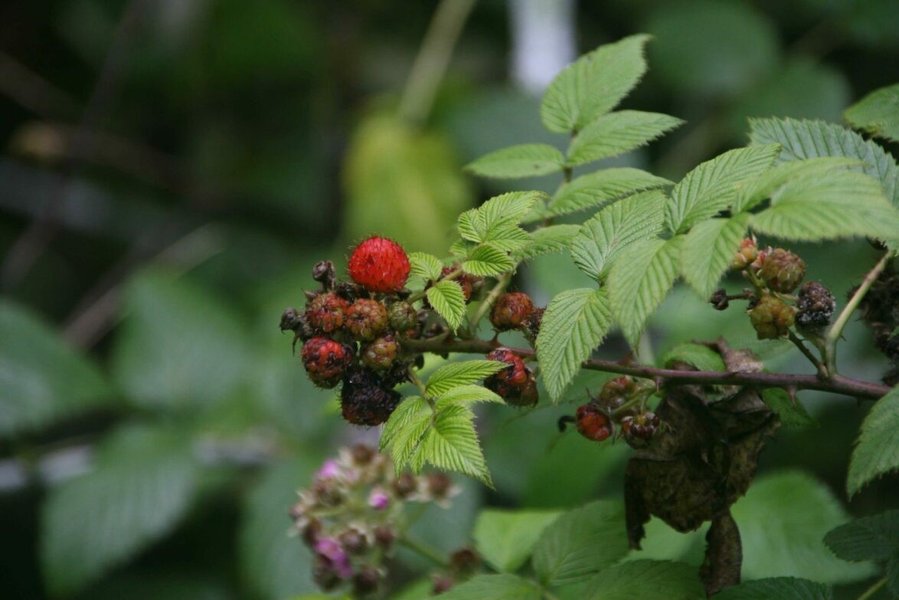
How were smooth-billed anis introduced to the Galapagos Islands?
Anis were intentionally introduced to the Galapagos Islands in the early 1960s. In Spanish, their name “garrapatero” translates to “tick eater.” While anis are known to eat ticks, they do not represent a significant portion of their diet. Anis mainly predate on other kinds of invertebrates as well as fruits and seeds, particularly during the dry season. This mischaracterisation led farmers to believe that introducing anis to Galapagos would help control a tick plague that affected livestock at that time. Although there is no scientific documentation of this introduction, anecdotal accounts have been published. In 2024, I first heard this story directly from a farmer, Clemente Troya on Santa Cruz while conducting fieldwork. Clemente, curious about my research, shared insights into the introduction of anis as a biological control method in the early 1960s.
What impact has the smooth-billed ani had on native species in Galapagos?
There is limited concrete evidence regarding the impact of anis on the Galapagos ecosystem. However, global assessments and studies have documented anis predating on local biodiversity, including endemic finch nestlings, (Cooke et al., 2020) and dispersing the seeds of invasive plant species including the highly damaging invasive hill raspberry (Connette et al., 2016). My research aims to provide updated data to these evaluations and reassess the mechanisms and the severity of anis’ impacts on the Archipelago.
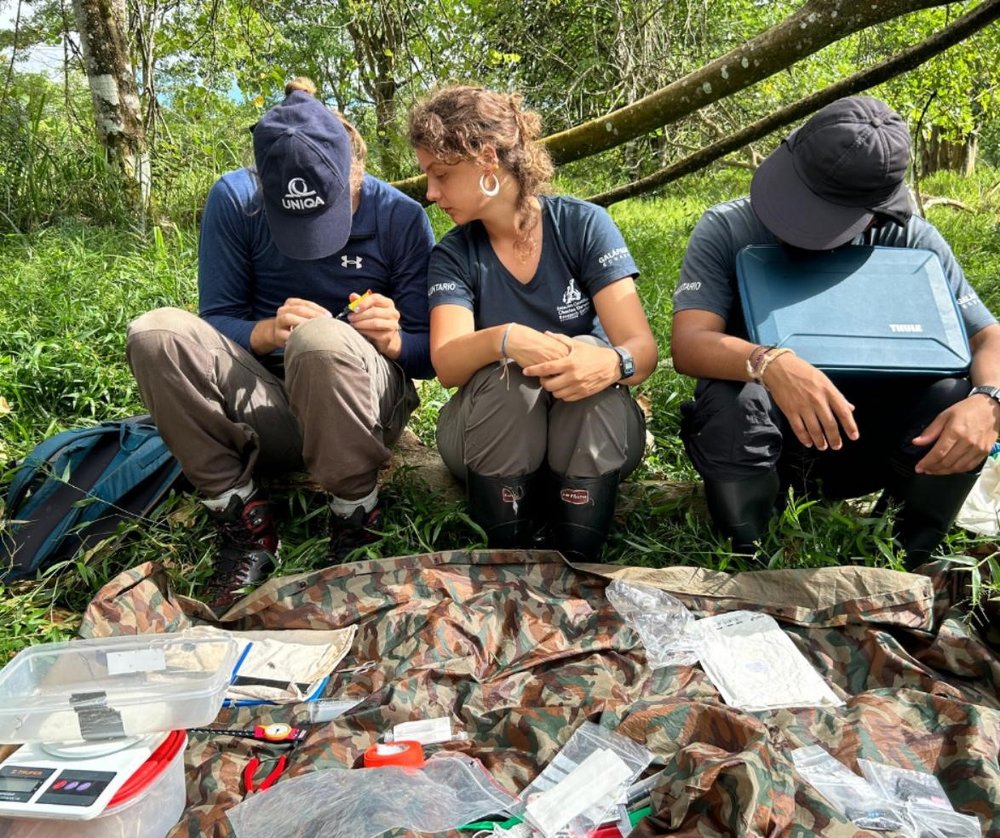
What advice would you give someone just starting their career in research and conservation?
Research and conservation are two disciplines that I consider to be inseparable. It is essential to understand the ecological implications of invasive species, climate change, habitat loss and many other threats to our ecosystems in order to make informed decisions to mitigate these effects. Sadly, learning about these ecological implications can make you feel depressed and discouraged. However, we need to transform this frustration into motivation and push ourselves harder to preserve our planet and the nature it harbours.
What are your favourite terrestrial and marine species in Galapagos and why?
Top 3 terrestrial species:
- Galapagos rice rat: During my first fieldwork trip to Santa Fe, these little creatures became unexpected companions. They would sneak around our camp, chewing on whatever they could find. Despite this mischief, they are fascinating and beautiful animals.
- Galapagos hawk: This was the first species I studied in Galapagos. Raptors are rarely observed up close, but in the field, these hawks are incredibly curious, often perching nearby watching people.
- Hawk moths: My undergraduate thesis focused on plant-pollinator interactions in the northwestern slope of the Pichincha volcano (mainland Ecuador), specifically between plants and hummingbirds. While Galapagos lacks hummingbirds, hawk moths play a similar ecological role, pollinating flowers while feeding on nectar. Their interactions with plants are both vital and captivating.
Top 3 marine species:
- Orcas: Although they are not endemic to Galapagos, I’m amazed by their social structures and boldness. In 2023, during a marine iguana monitoring trip, I was lucky to spot a pair while sailing, a moment I’ll never forget.
- Galapagos fur seals: My first encounter with fur seals was during a volunteer project monitoring iguanas on Fernandina at Espinosa Point, a very remote spot of the Archipelago. Their playful behaviour, especially among cubs, is captivating.
- Flightless cormorants: These unique birds are a testimony to evolution in action. Their inability to fly, shaped by environmental conditions, is a fascinating example of how species adapt over time. Also, when I visited Espinosa Point, there was a big group of them and it was the first time I could appreciate this bird from a closer view and a long period.
